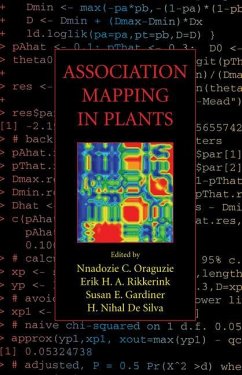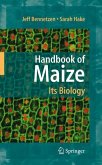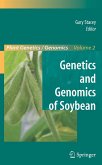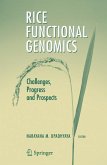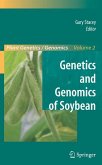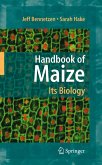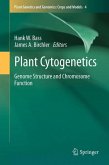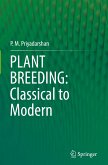For the past decade, there has been success in using conventional map-based strategies in identification and cloning of quantitative trait loci (QTL) in model plant species including tomato and Arabidopsis. These quantitative traits are generally the products of many loci with varying degrees of effect upon the observed phenotypes. Recently, a new approach to genetic mapping has emerged called association mapping. This new technique takes into account the thousands of genes to evaluate for QTL effect and is a more efficient approach that does not require generation of segregating populations/large numbers of progeny. As it can utilize all of the historic recombination events in a diverse population of individuals it can generate higher resolution genetic maps and, is needed to complement current map based cloning methods.
Association Mapping in Plants provides both basic and advanced understanding of association mapping and an awareness of population genomics tools to facilitate mapping and identification of the underlying causes of quantitative trait variation in plants. It acts as a useful review of the marker technology, the statistical methodology, and the progress to date. It also offers guides to the use of single nucleotide polymorphisms (SNPs) in association studies.
Association Mapping in Plants provides both basic and advanced understanding of association mapping and an awareness of population genomics tools to facilitate mapping and identification of the underlying causes of quantitative trait variation in plants. It acts as a useful review of the marker technology, the statistical methodology, and the progress to date. It also offers guides to the use of single nucleotide polymorphisms (SNPs) in association studies.
From the reviews: "Association mapping in plants is a timely, well-planned book that covers most topics related to association mapping in plants ... as well as giving insights into the potential impact of association mapping in plant breeding programmes. ... can be used both as an introductory book for students and as a manual to design experiments and analyse genetic association date by experienced researchers or breeding program managers. ... In conclusion, we recommend Association mapping in plants as an excellent book to researchers and professionals ... ." (Santiago C. González-Martínez and Delphine Grivet, Annals of Botany, Vol. 104 (6), November, 2009)

